CHEMISTRY AND METABOLISM OF BIOMOLECULES #2: INTRODUCTION (CARBOHYDRATES: OLIGOSACCHARIDES AND POLYSACCHARIDES)
Introduction
So I’m here again and this time we are taking a step further. On my previous article in this series, I gave a brief explanation of what biomolecules are, what metabolism means and dwelled a lot on the monosaccharides and disaccharides as classes of carbohydrates. This time however I’ll be talking more on the oligosaccharides and polysaccharides and I hope you find it worth your time ;).
Oligosaccharides
The oligosaccharides are the carbohydrate class that contain 3 to 10 monosaccharides. They exist usually as glycans (attached to a protein or lipid moiety). When attached to proteins, they are referred to as “glycoproteins” and as ”glycolipids” when attached to lipids.
It is however pertinent to mention that oligosaccharides are attached to amino acids through two special kinds of linkages; N-linked glycosidic bond and O-linked glycosidic bind and this has given rise to class of oligosaccharides.
Before I go into the various classes of oligosaccharides, I’ll like to point out that the N-linked oligosaccharides are linked to the amino acid asparagine through a beta linkage via the anime nitrogen found in its side chain while the O-linked oligosaccharides are linked to either serine or threonine via the OH group of their side chain.
Classes of Oligosaccharides
The oligosaccharides can be classified based on the type of linkage they form with non-carbohydrate moieties
N-linked Oligosaccharides are oligosaccharides which are attached to the amine nitrogen constituent of the side chain of asparagine. The process of linking oligosaccharides to the amine nitrogen component of asparagine is known as N-acetyl glycosylation.
The process of N-acetyl glycosylation has been suggested to occur at the same time with protein translation (protein synthesis) and this is because this process aids in determining the folding of polypeptides as the oligosaccharides are water-loving (hydrophilic) in nature.
The N-acetyl glycosylation takes place in the endoplasmic recticulum for eukaryotes and at the plasma membrane for prokaryotes.
O-linked oligosaccharides are formed through the process of O-acetyl glycosylation. The oligosaccharides are attached to the ~OH group on the side chain of either serine or threonine and this process occurs in the Golgi apparatus in both prokaryotes and eukaryotes. The carbohydrate components on red blood cells are O-linked oligosaccharides.
There is also a class of oligosaccharides that can be found in different diets:
Fructo-oligosaccharides are found majorly in vegetables. They are practically short chains of molecules of Fructose and are generally considered as dietary fiber.
Galactooligosaccharides are a short of chain of molecules of galactose also considered as dietary fiber due to their indigestible nature by the small intestine and thus reaches the large intestine and promotes the growth of beneficial bacteria in the large intestine. They are present naturally in soya beans but can also be metabolized from lactose
Mannan Oligosaccharides composed of mannose and are derived from yeast. They are not considered dietary fiber like other dietary oligosaccharides and they are not fermentable. They are employed in animal feed to improve GIT health.
Vital Functions of Oligosaccharides:
Oligosaccharides can play a role in cell recognition. Glycolipids and glycoproteins are present on practically all types of cells. Specials proteins called lectins have the ability to recognize specific oligosaccharides on cell surfaces and consequently aid the process of cell recognition through providing information about the specific oligosaccharide.
Have you ever wondered how our blood types differ ? Well, all blood types are made up of red blood cells which possess different glycan modifications on their cell surfaces. The different antigens present on the red blood cells possess different
oligosaccharides on their non-reducing ends [you refer to my last article to see what this means :)] and thus are biochemically different.
The H antigen acts as a precursor for the synthesis of the A and B antigens. The H antigen is found on all blood types but exists alone only in the O blood type. The A blood type contains the A and H antigens. The B blood type contains the B and H antigens. The AB blood type contains the A, B and H antigens.
It is no wonder that the blood type O is a universal donor cause all blood types contain the H antigen and will accept it and blood type AB is a universal recipient cause it contains all antigens and will accept any blood type. The human biochemistry is amazing !
Oligosaccharides also play a role in cell adhesion. The lectins again promote cell adhesion by binding to oligosaccharides. This can be significant in immune responses, as special types of lectins called selectins can be expressed on endothelial cells for a short time during cell damage or injury aiding the interaction of the endothelial cells with oligosaccharides enabling the endothelial cells to eliminate the damage or infection.
Polysaccharides
Polysaccharides as you may have figured out by now are carbohydrates consisting of more than 10 monosaccharide units joined together by glycosidic bonds. The monosaccharide units can be obtained on hydrolysis by specific enzymes.
Polysaccharides can exist in straight chains like amylose or in branched chains like amylopectin.
Polysaccharides can consist of the same repeating units of monosaccharides and they are generally known as Homopolysaccharides or Homoglycans or different units of monosaccharides where they are considered as Heteropolysaccharides or Heteroglycans
An example of a homoglycan is starch which contains repeating units of glucose while an example of a heteroglycan is heparin which contains D-glucuronic acid, L-iduronic acid N-sulfo-D-glucosamine.
Classification of Polysaccharides
Polysaccharides are mostly categorized based on function;
Structural Polysaccharides are known to be integral components of most biological structures. They can be found as an integral component of the cell wall of plants like cellulose and arabinoxylans and also as part of the exoskeleton components of insects like chitin.
Cellulose is made up of repeating glucose units held together in Beta-1, 4-linkages. Cellulose is an enzyme that can break down cellulose and humans and many animals tend to lack that enzyme and thus we cannot digest cellulose. This is why they are constituents of dietary fiber and can go through our bowels without being digested.
Chitin is another structural polysaccharide found on exoskeletons of insects and can be digested by the enzyme chitinase. The provide structural support and strength to insects.
Storage Polysaccharides as their name implies are essential for storage. Storage of carbohydrates specifically. They include; Starch and glycogen.
Starch is a storage form of carbohydrates utilized mainly by plants. It consists of repeating units of glucose joined by alpha linkages. It is relatively insoluble in water. Starch is composed of a mixture of amylose and amylopectin. Amylose is the straight chain form of starch while amylopectin is the branched chain form of starch. Amylopectin is the more prevalent form making up close to 85% of starch.
Luckily, humans possess enzymes that can break down starch. These enzymes are called alpha-amylases. We can comfortably each starch containing foods and utilize them.
Glycogen is the storage form of carbohydrates in animals. Thus it’s name “animal starch”. It is vastly similar to starch in that it contains repeating units of glucose held by alpha linkages Glycogen is a secondary energy source in animals. What do you think is the primary energy source then ?
Glycogen can be synthesized via a process called Glycogenesis (a pathway for glycogen synthesis that I will elucidate on the long run) and broken down by glycogenolysis (a pathway for the breakdown of glycogen).
The easy mobilization of glycogen (breakdown and synthesis) is what makes it the perfect and chief carbohydrate storage form of carbohydrates in animals which are mobile and in constant need of glucose for day to day activities.
Glycogen can be stored in the liver, muscles, the brain, red blood cells and even the kidneys but only liver glycogen are available for other organs. Other organs store glycogen for their personal uses (selfish right ?). Glycogen is also insoluble in water and gives glucose on hydrolysis
Summary
Carbohydrates are generally thought to be energy providing foods but they have much to functions to them. Cell recognition, cell adhesion, structural support and storage are other functions they can offer. Biochemistry is quite interesting :)
Thank you for reading and please watch out for my next post on Glycosaminoglycans, mucopolysaccharidoses and chemistry of lipids. I hope you did have a nice time ;)
References
Oligosaccharides
Glycosylation
Polysaccharides
Glycogen
Chitin
Glucan
Starch
carbohydrates
Image Sources
All images are from wikicommons licensed under creative commons and eligible for commercial use.
I'm a proud member of the steemstem community which promotes quality posts in the science, technology, engineering and mathematics fields on the steem blockchain mainly through interaction and engagement. Feel free to join us on discord here

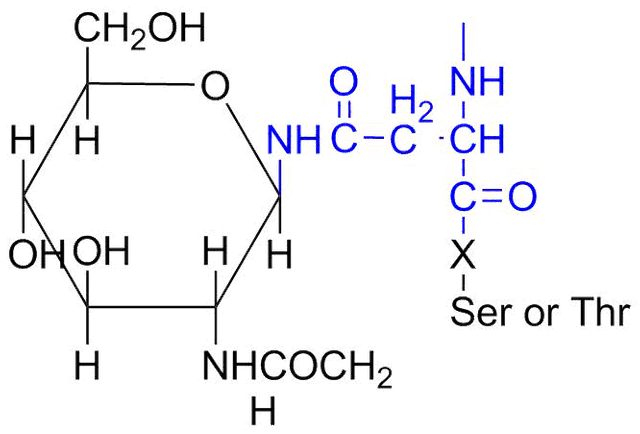
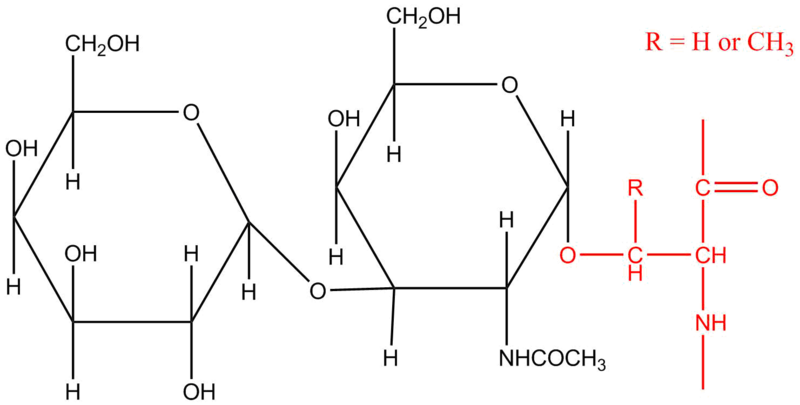
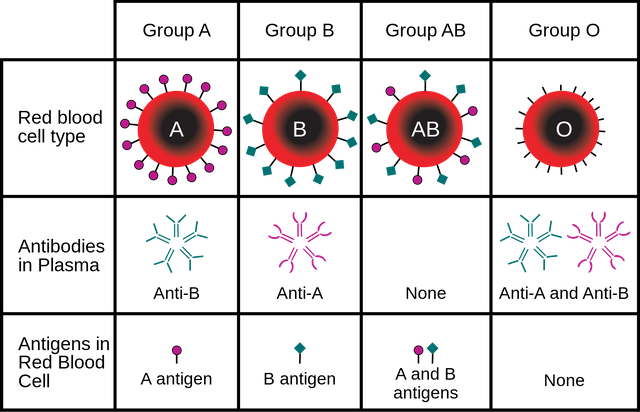
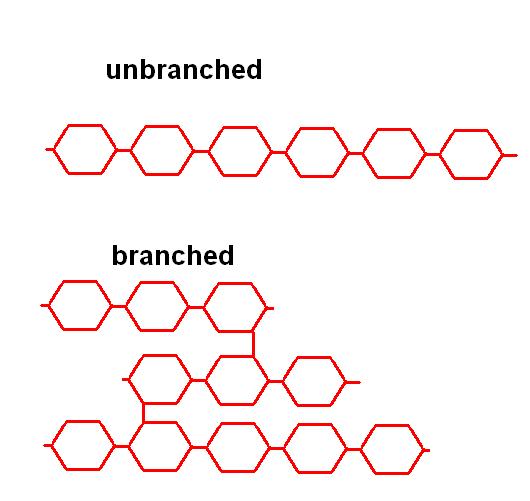

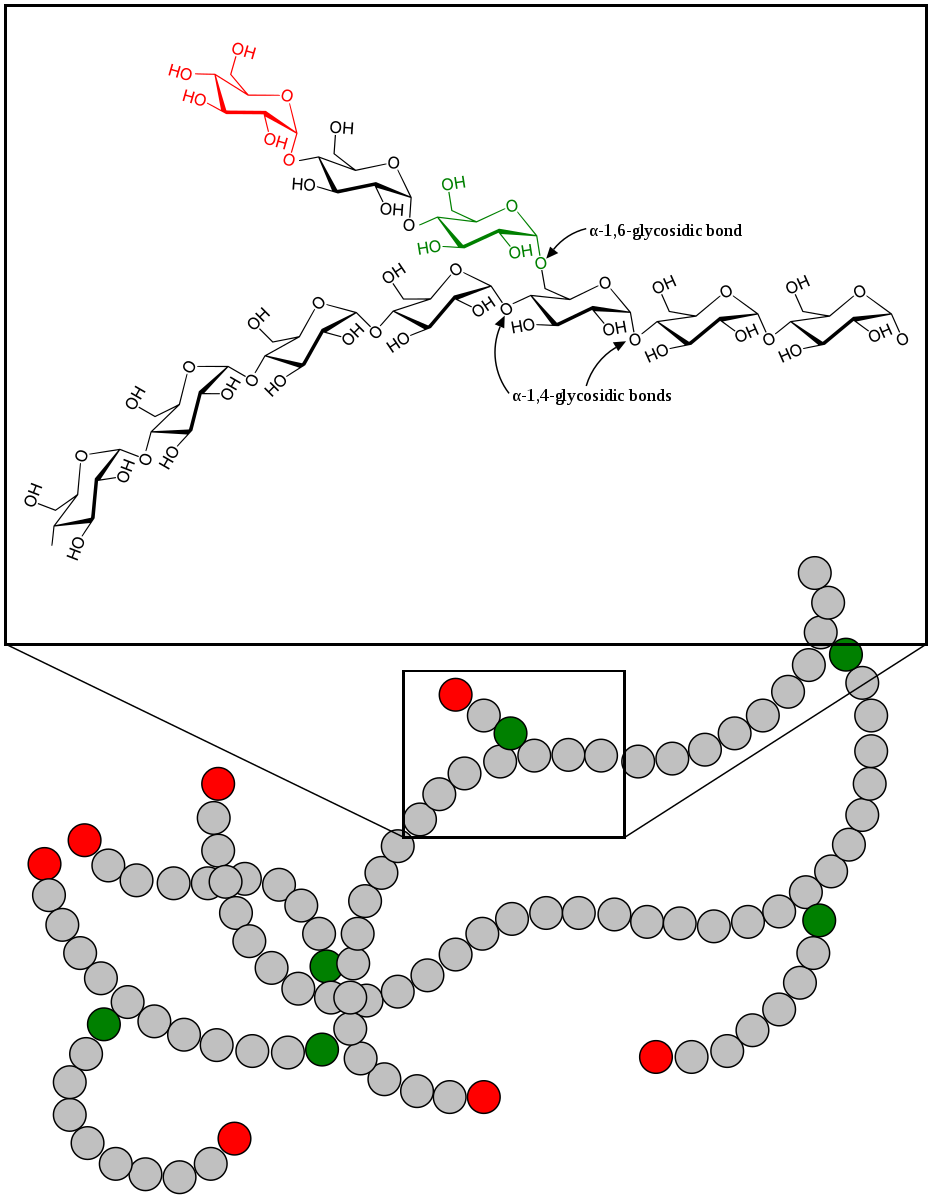
Excellent post bro, close to my heart kinda topic haha
Thanks man 😎
Oligosaccaharides and polysaccharides wonderful.. Remember them in my undergraduate days though.. Well done
Thank you man
You are welcome.
Nicely explained.
Thank you, Saho 😀
Hey @kingabesh, thank you for your efforts! This is a wonderful blog regarding carbohydrates.
I was impressed by the detailed information on how our blood types differ depending on the combination of different sorts of antigens, which contain different oligosaccharides.
I guess I will stick to fructo-oligosaccharides, I get that it's the healthy thing to do! Correct me if I'm wrong!
Please keep up the great work!
Thank you @lordneroo. Dietary fiber is generally healthy so you can stick to any technically but Fructo-oligosaccharides are pretty cool 😎
Thank you for taking time to read this article mate ! :)
Now you can be a very good chemistry teacher in the tertiary Institute
You made me go to your previous post
Great work... And I loved it
Thank you. Glad you did
This is a very great work. Keep up!
I read your previous post on this series and this keeps getting better
I’m beginning to understand biochemistry lol
Thank you. I’m glad you find it educative
Would make a great lecture note. Well done
Thank you, Shaid :)
Exactly, as if we are in reading BCH***
This is a great effort from you @kingabesh, breaking down all we need to know about carbohydrates. I'm an engineering guy, but this gives me the chance to expand my horizon.
On a lighter note... Those carbohydrate names sound like speaking in tongues. It's oligosaccharide now... Next it will be Glycosaminoglycans, and mucopolysaccharidoses 😀😀.
Good job sir.
LMAO thanks for reading through. I’m glad you could find it educative to say the least
I died reading them too
Nicely done !
Thanks man :)
Just like shaid replied, this post will make a good lecture note.Am confessing now, I have completely forgotten that H antigen is responsible for the reason why O blood group is a universal donor,and also responsible for why AB blood group is a universal recipient.Thanks for reminding me.
But I think that there is a typographical error under the discussion of cellulose, I guess you wanted to type Cellulase enzyme instead of cellulose as enzyme that break down cellulose.
Yeah @steepup. Thanks for the observation. You really took your time to read ^^
You are welcome.We work together